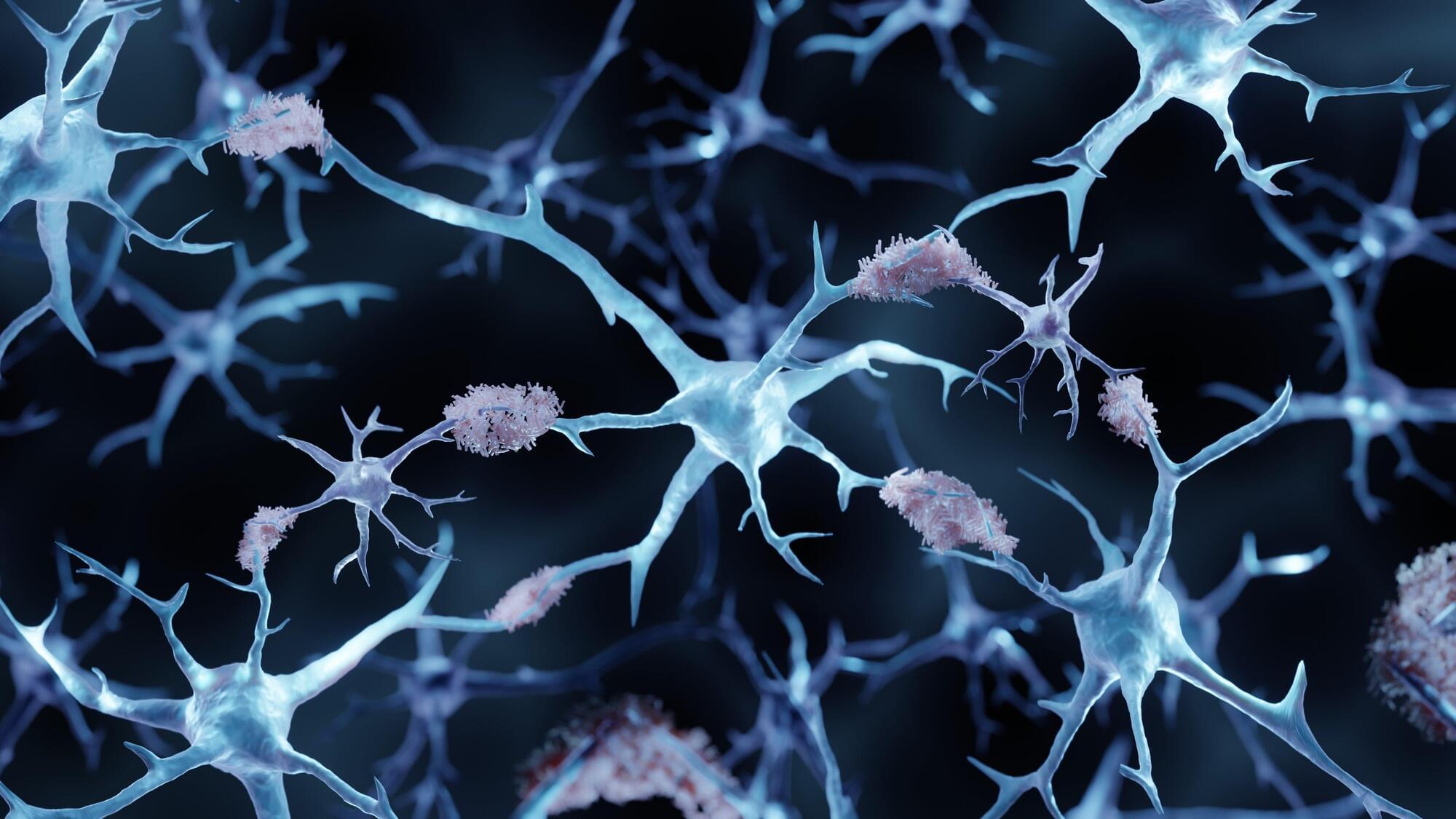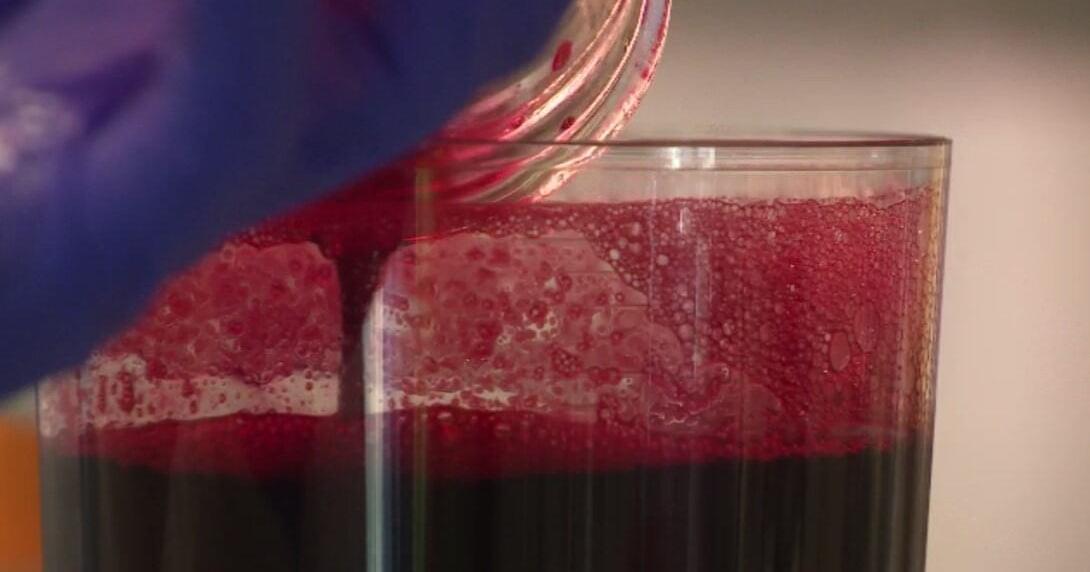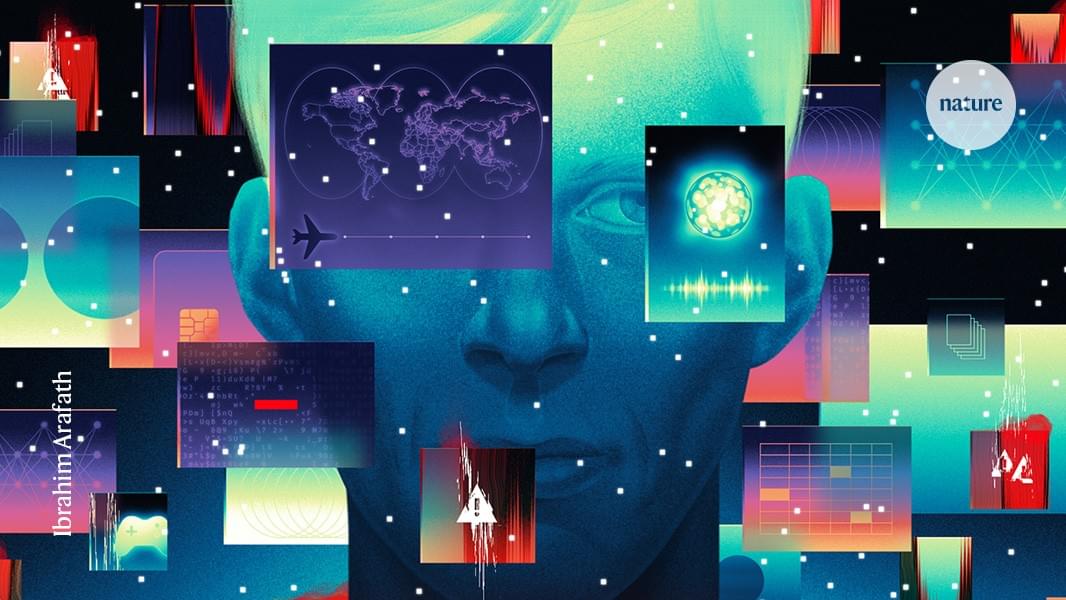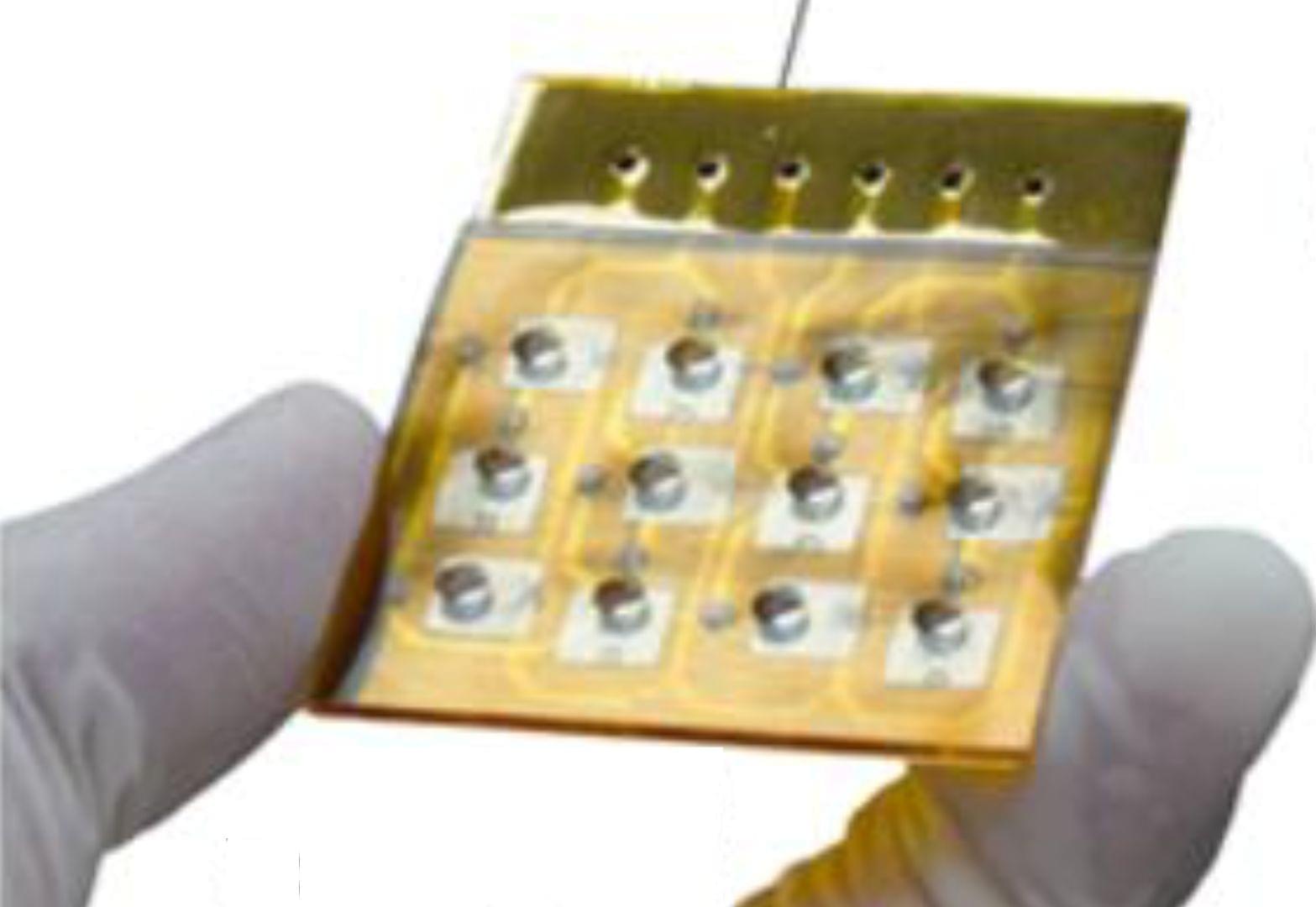This study presents an ultracompact eye camera using a novel low aspect-ratio metalens design. Achieving a 120° field of view, the system enables high-performance gaze tracking and iris recognition, ideal for future augmented reality glasses.




Ever since Biogen and Eisai’s Aduhelm (aducanemab) was approved in 2021 as the first antibody to treat Alzheimer’s disease by clearing amyloid plaques from the brain, the modality has been dogged by a serious side effect: brain bleeding called amyloid-related imaging abnormalities, or ARIA.
Now, researchers from Denali Therapeutics have debuted an antibody that can cross the blood-brain barrier and attack amyloid, but without triggering this potentially life-threatening complication.

A Maryland scientist developed synthetic blood that could save lives when seconds count and fresh blood is out of reach.
Dr. Allan Doctor is a professor-scientist at the University of Maryland School of Medicine. His shelf-stable synthetic blood product is called ErythroMer, under development by KaloCyte.
The blood alternative could be used in the field without a refrigerator or a donor match, he said.

In a world first, researchers from Sheba Medical Center and Tel Aviv University have successfully grown human kidney organoids – a synthetic 3D organ culture – using kidney tissue stem cells.
The synthetic kidney organs matured and stayed stable for 34 weeks, which is the longest-lasting and purest set of kidney organoids ever developed.
Prof. Benjamin Dekel, Director of the Pediatric Nephrology Unit and the Stem Cell Research Institute at the Safra Children’s Hospital at Sheba Medical Center and Director of the Sagol Center for Regenerative Medicine at Tel Aviv University led the study. Doctoral student Dr. Michael Namestannikov, a graduate of the Physician-Researcher track at Tel Aviv University’s Faculty of Medicine, and Dr. Osnat Cohen-Sontag, a research associate at Sheba Medical Center, participated in the research.


From meteor showers to visible nebulas, August is primed to be an action-packed month for stargazers in the United States.
And one of the highlights of the month? The impending meet-up of Jupiter and Venus.
The gas giant Jupiter, our solar system’s largest planet, is due to make a close approach in August with Venus, NASA said in an August skywatching guide. The rendezvous, known in astronomy terms as a conjunction, comes a few months after Venus underwent an inferior conjunction in March – meaning it appeared in the sky after sunset and again before sunrise.

A team of researchers from South Korea has developed a thin, robotic actuator based on the movements of real human muscles.
Actuators are, effectively, the ‘muscles’ of robotic machines. They are devices that convert stored energy into physical motion.
The new system was inspired by human muscle proteins, a press statement reveals. It could eventually allow for human-robot interactions, and may even enable robots to perform delicate surgical procedures.
Use my code SABINE at https://displate.com/@sabine get 1 Displates for 23% off & 2–3 Displates for 27% off, and 4 or more for Displates for 33% off!
(*Not applicable on Lumino, Textra and Limited Edition).
Gravitational memory is the idea that gravity’s ability to duplicate information from other forces should somehow store that information in certain masses. A group of physicists has now published a series of papers claiming that this idea might solve the black hole information loss problem and explain dark matter. Really? Let’s take a look.
🤓 Check out my new quiz app ➜ http://quizwithit.com/
📚 Buy my book ➜ https://amzn.to/3HSAWJW
💌 Support me on Donorbox ➜ https://donorbox.org/swtg.
📝 Transcripts and written news on Substack ➜ https://sciencewtg.substack.com/
👉 Transcript with links to references on Patreon ➜ https://www.patreon.com/Sabine.
📩 Free weekly science newsletter ➜ https://sabinehossenfelder.com/newsletter/
👂 Audio only podcast ➜ https://open.spotify.com/show/0MkNfXlKnMPEUMEeKQYmYC
🔗 Join this channel to get access to perks ➜
https://www.youtube.com/channel/UC1yNl2E66ZzKApQdRuTQ4tw/join.
#science #sciencenews #physics #gravity